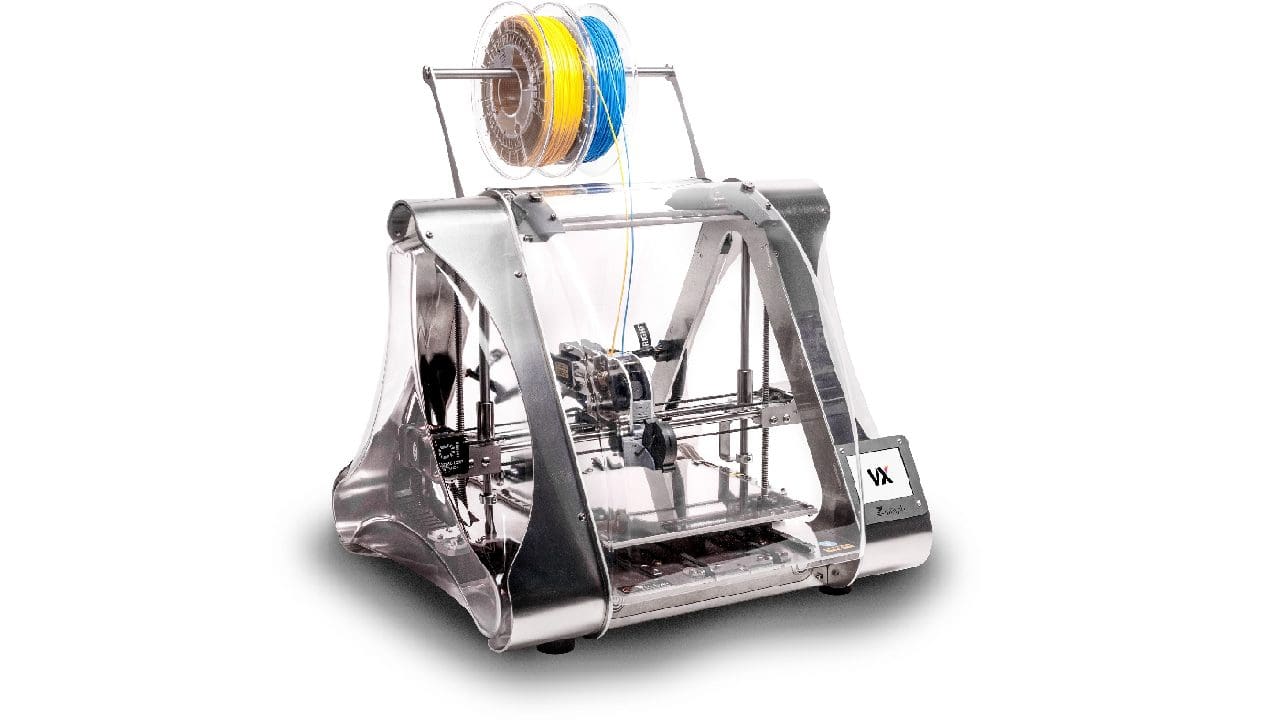The fastest type of SSD you can get is a PCIe NVMe SSD. These take advantage of the highspeed PCIe bus to support higher bandwidths. Most PCIe NVMe SSDs use a 4x PCIe lane connection, but it can be really difficult to understand what a PCIe lane is as information on the subject is spread out and difficult to understand.
Tip: PCIe stands for “Peripheral Component Interconnect Express” and is a communications bus used to connect high-speed devices such as graphics cards and SSDs. NVMe stands for “Non-Volatile Memory Express” and is a protocol used to access storage devices over PCIe. A communications bus is a communications system that transfers data between computer components.
What are PCIe lanes?
A PCIe lane is a set of four wires or signal traces on a motherboard. Each lane uses two wires to send and two wires to receive data allowing for the full bandwidth to be utilised in both directions simultaneously.
Each CPU can only support a limited number of PCIe lanes. Historically, consumer-grade Intel CPUs support 16 PCIe lanes while AMD supports 20. High-end enthusiast CPUs and server CPUs often offer more PCIe lanes.
Motherboard design
Motherboards typically provide more physical signal traces on the motherboard than any compatible CPU supports, so you can have options in how to configure your devices. Typical physical connectors are between one and four x16 slots, although it may be possible that they don’t all offer a full x16 PCIe link.
Tip: x16 is the standard way to show that a link uses 16 PCIe lanes.
Other connectors that use PCIe lanes are M.2, U.2 which use four lanes. The DIMM.2 connector is an expansion card that fits into a slot similar to a RAM slot and allows up to two M.2 SSDs to be connected, one on each side. As such a DIMM.2 card can take either four or eight PCIe lanes.
CPU vs Chipset lanes
Most CPUs actually support four more PCIe lanes than advertised, although this is not a universal standard. These extra four lanes are used as a high-speed connector to the motherboard chipset. The chipset splits the available bandwidth between a range of different functionality. The exact configuration of functionality varies between motherboards but includes all onboard I/O (Input/Output) functionality such as ethernet, SATA, USB, and audio.
Devices that use PCIe
The main devices that use PCIe lanes are graphics cards, these use an x16 connector to provide up to 16 PCIe lanes. NVMe SSDs use up to 4 PCIe lanes each and can connect using PCIe slots, an M.2, U.2, or DIMM.2 connector.
Other devices that use PCIe lanes are expansion cards such as sound cards, networking cards, USB expansion cards, and raid controllers.
If a CPU that only has 16 PCIe lanes is configured with a graphics card and an M.2 SSD, it will reduce the number of lanes being used by the graphics card to eight, to free up four lanes for the SSD.
Tip: PCIe connectors that are designed for more than one PCIe lane, can operate with a reduced number of lanes. The lanes can only be run in x1, x4, x8, and x16 configurations. This means you can’t offer a graphics card 12 lanes if you only need to take four for an NVMe M.2 SSD.



Michael Kohlman
Both CPU’s each have a certain amount of lanes available, and the combined total between both is more than enough for 2 video cards as well as 2 NVme ssd.
As for the 2nd NVme ssd not being recognized, that sounds more like the slot itself isn’t enabled in the bios.
My Laptop spec says I have an expansion slot for PCIe 3.0*2 SSD. I can not find anything other than PCIe 3.0*4 online! I don’t understand whether there will be any problem if I use SSD supporting four lanes!
Does having a second CPU in a PC (in my case a Dell Precision T7810 with two Xeon E5 2600 v4) reduce the number of PCIe lanes available for other peripherals? Although there are several unpopulated PCIe slots on my MoBo, only one (a X8) slot will actually boot and have Windows recognize what is plugged into it. Thanks for your expertise.
Helpfull, but already a bit to savvy for me.